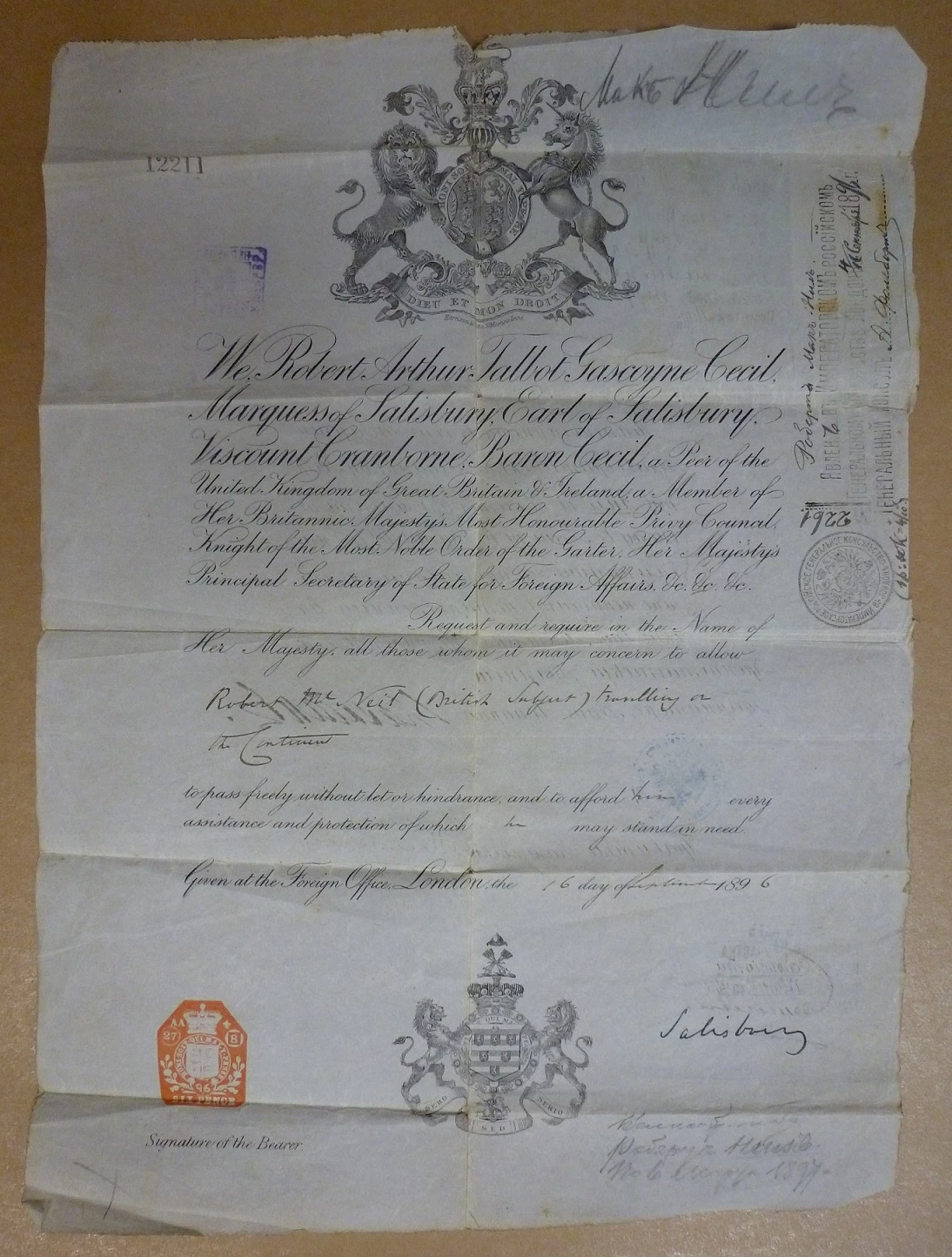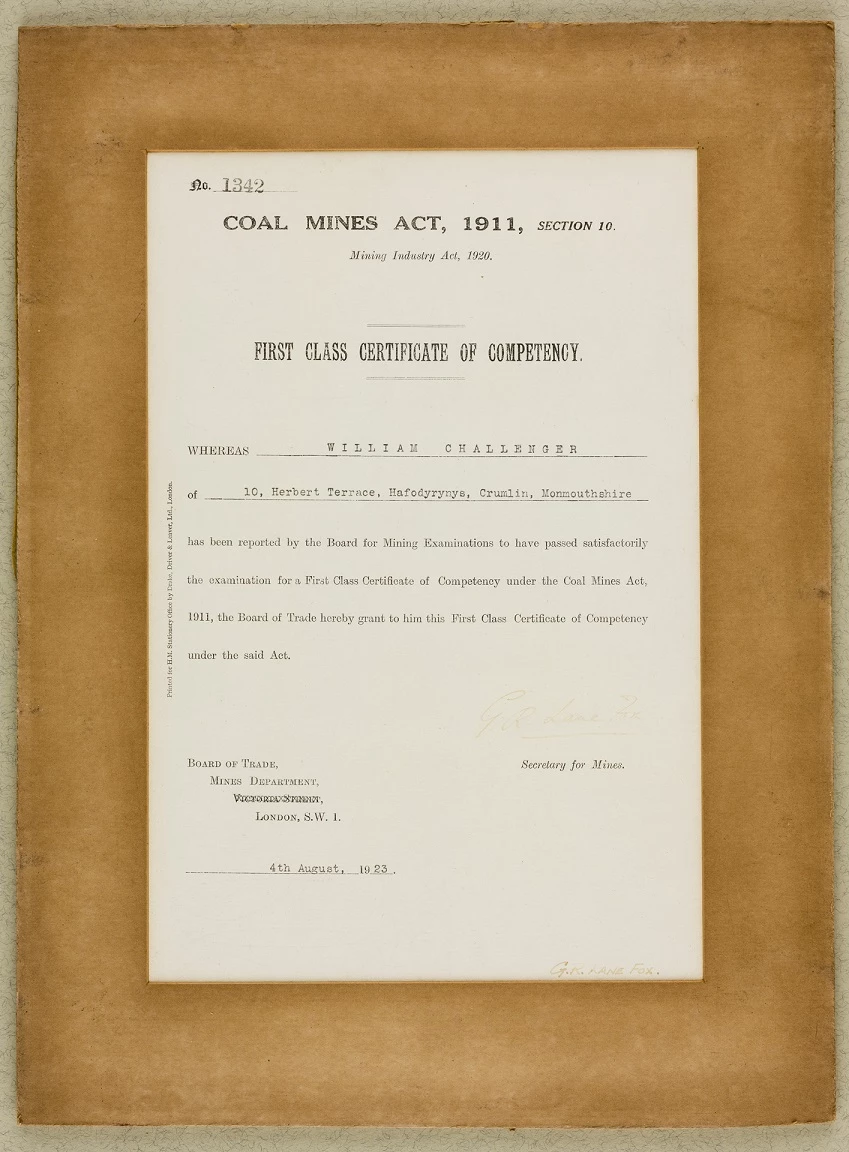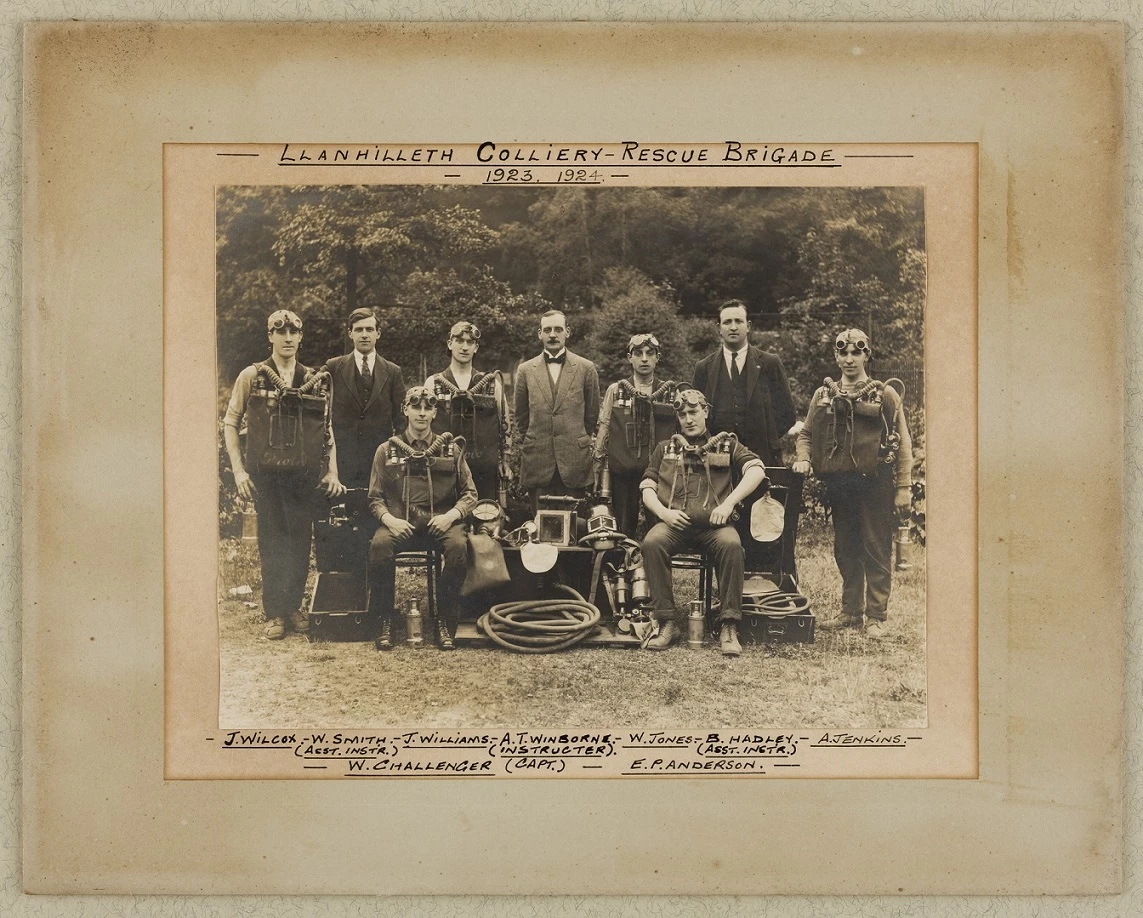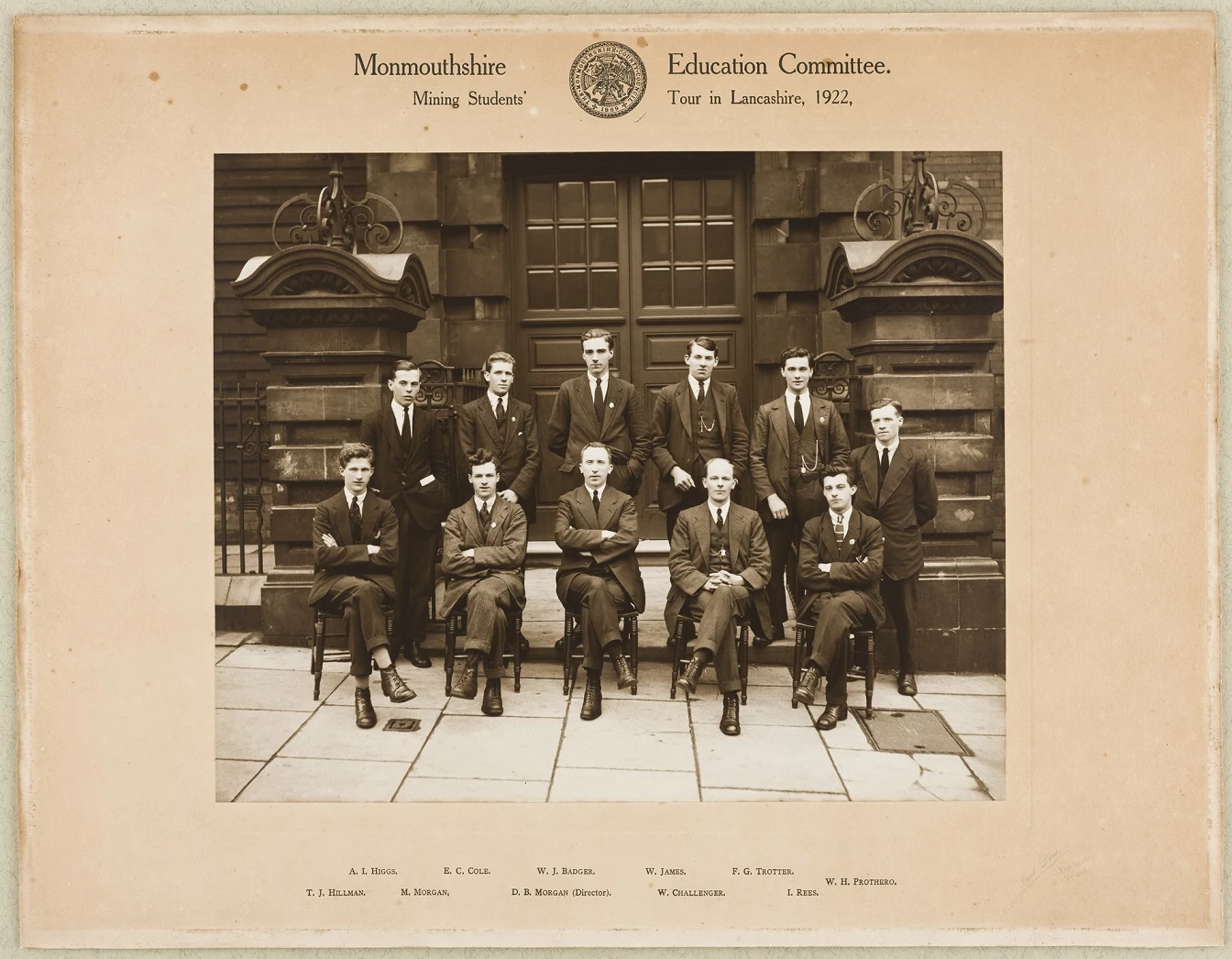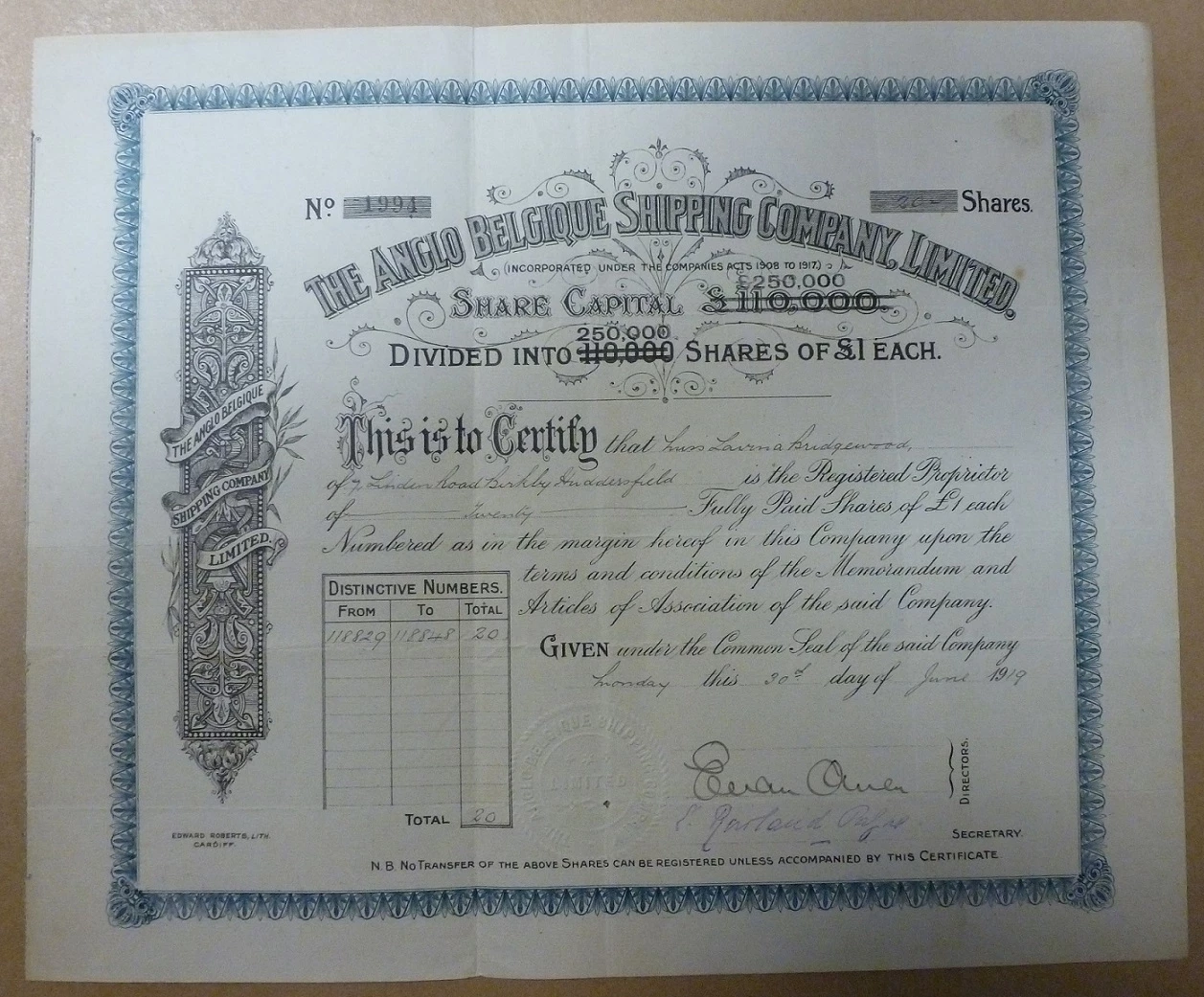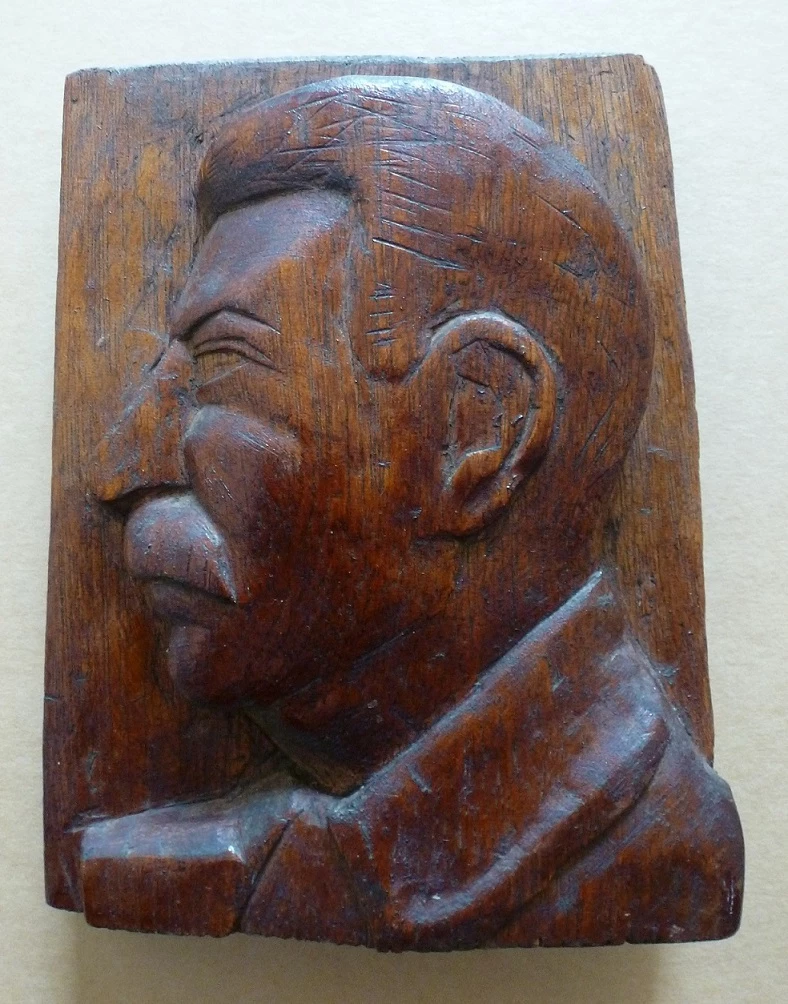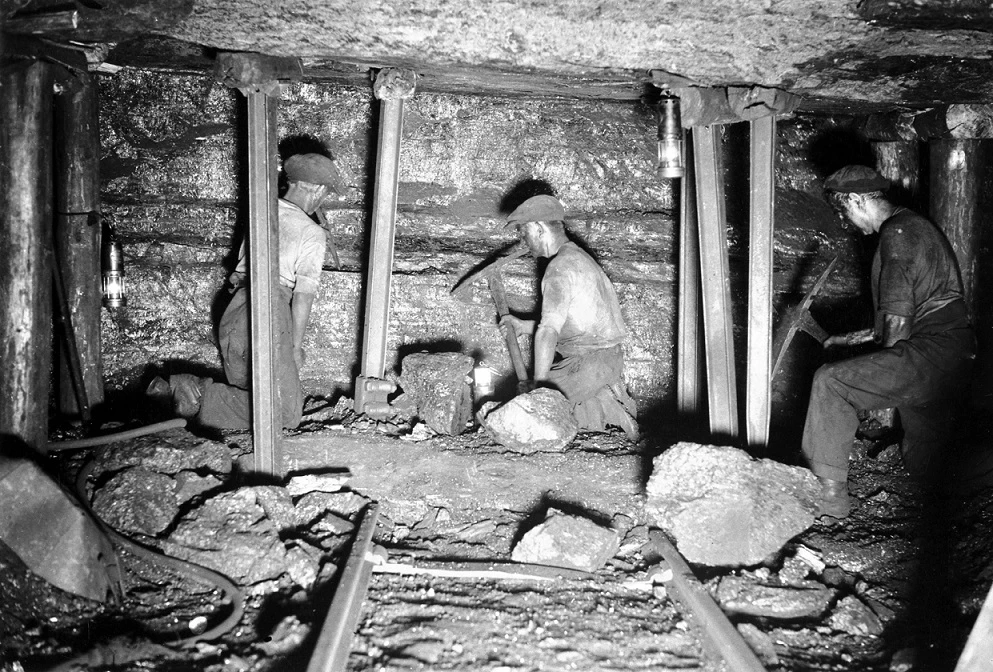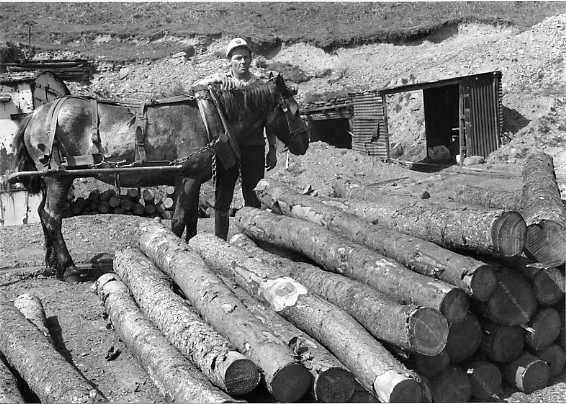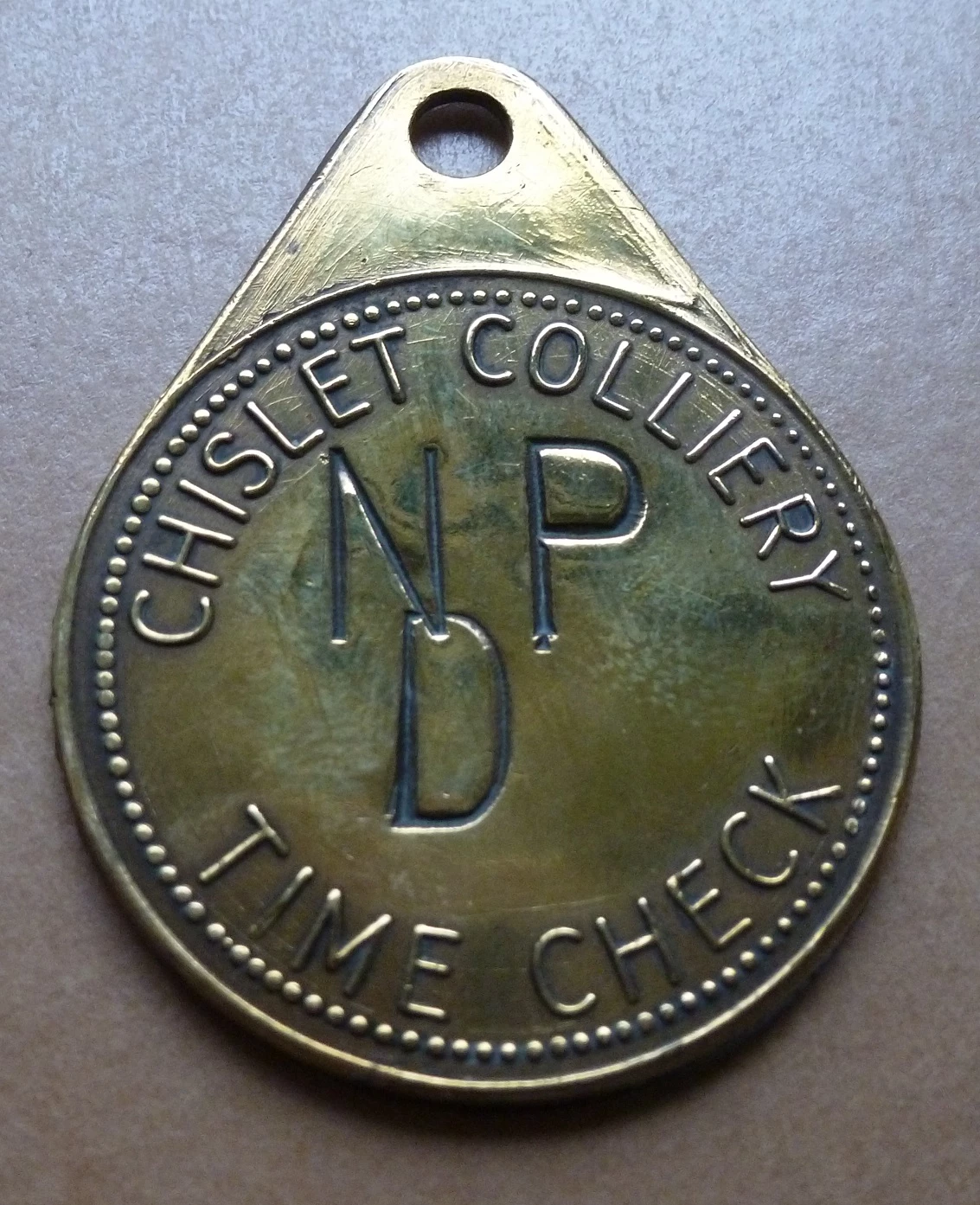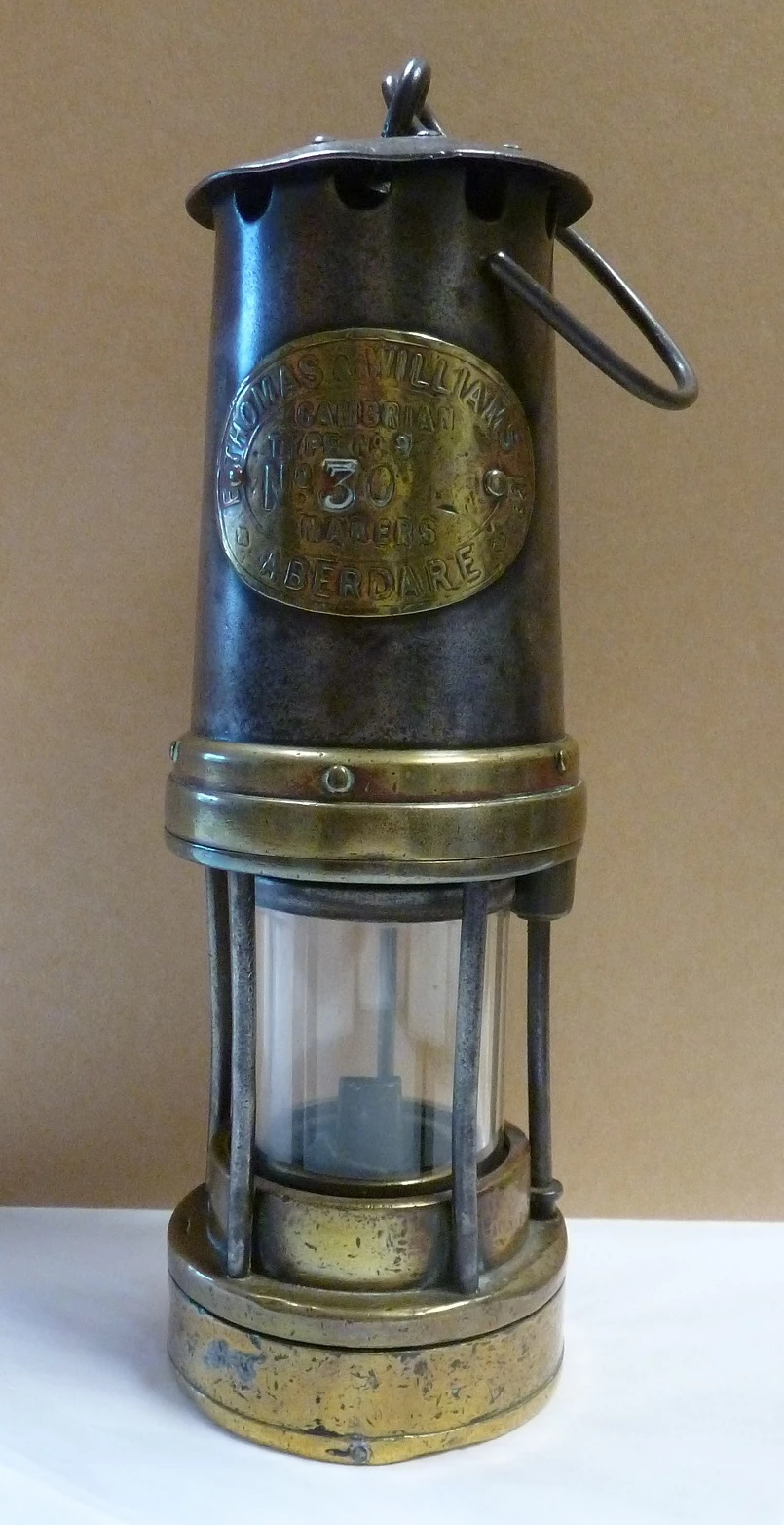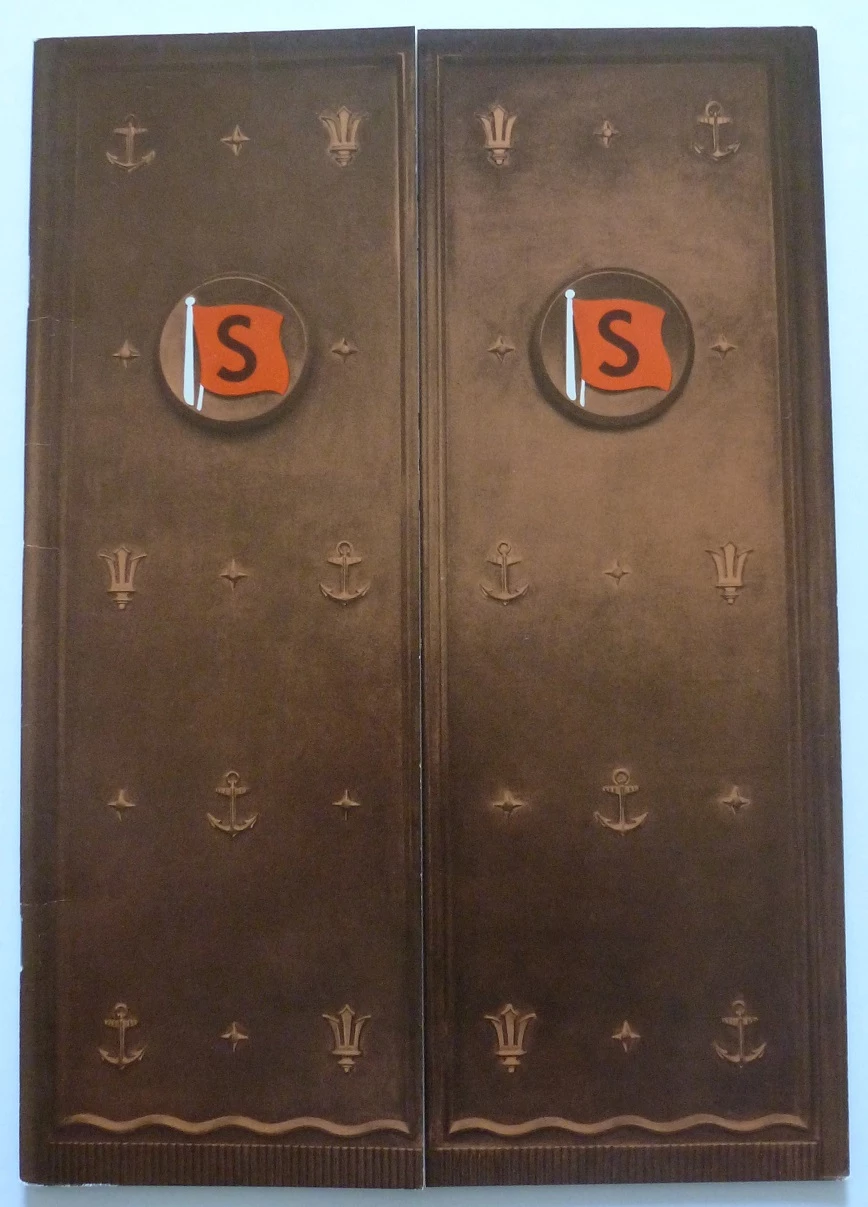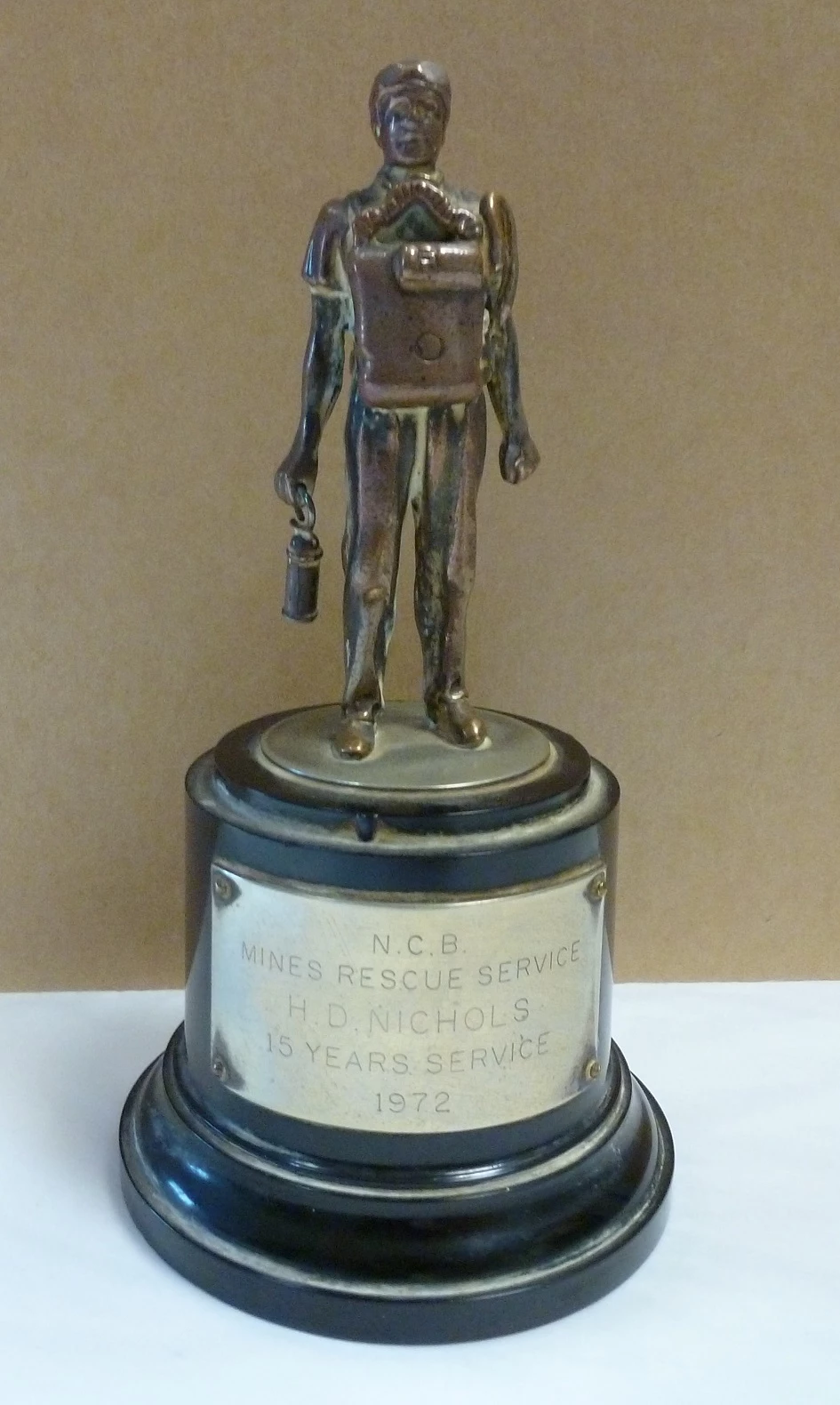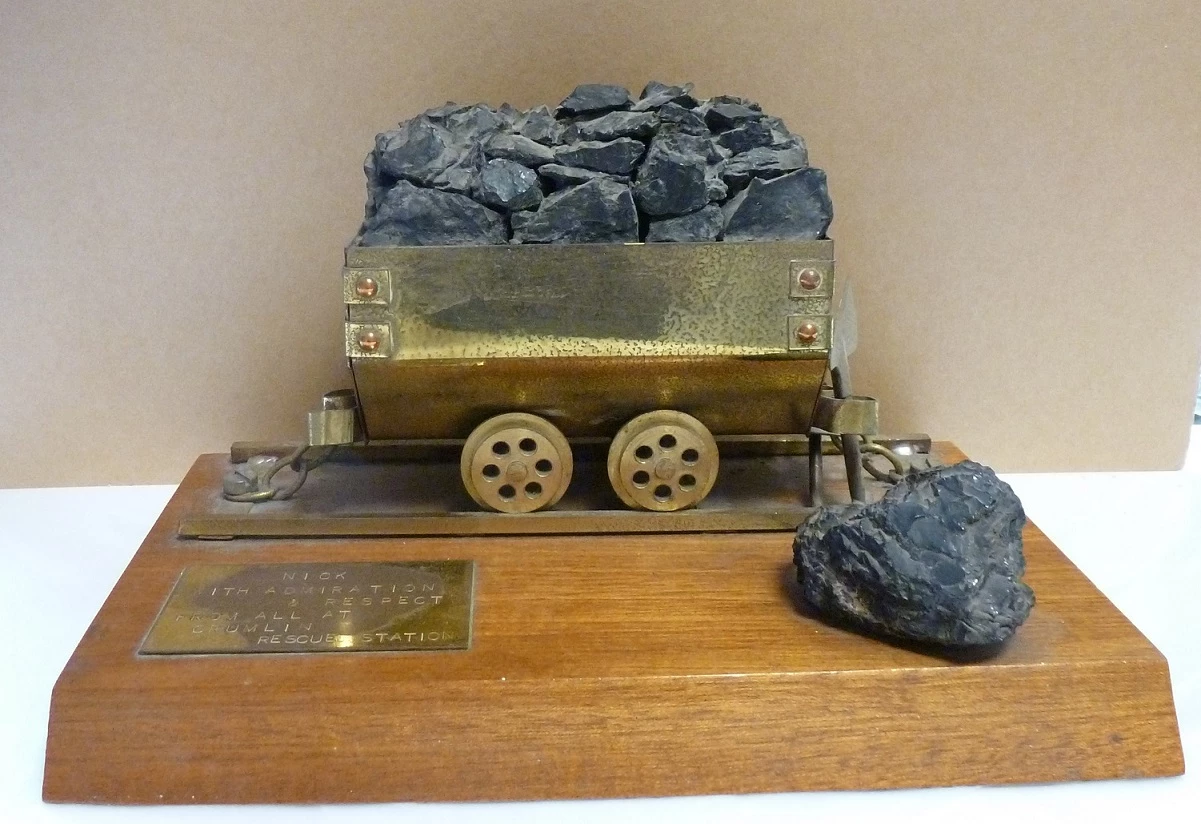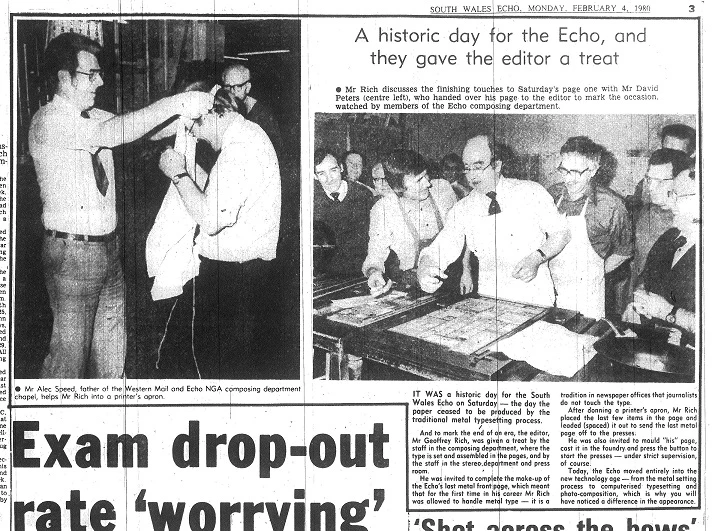A Window into the Industry Collections - November 2016
, 25 November 2016
As usual in this monthly blog post I’d like to show you some of the objects that have recently been added to the industry and transport collections.
The first object this month is a passport issued to Cardiff shipowner Robert McNeil for travel on the continent. It is dated 16 September 1896. Robert McNeil was the founder of the Cardiff shipping company McNeil, Hind & Company.
One collection accessioned this month consists of three certificates and two photographs. The certificates were all issued to William Challenger of Hafodyrynys, who was a colliery manager. The certificates comprise a Second Class Certificate of Competency, and a First Class Certificate of Competency both issued under the Coal Mines Act, 1911. This Act had set up a Mining Qualifications Board to make sure that colliery managers, firemen, deputies and other staff responsible for mine safety were suitably qualified and to issue these certificates of competency. The third certificate was issued to William Challenger electing him a Member of The South Wales Institute of Engineers in 1944. Also in this collection, are two photographs (both illustrated here).
The first is a group photograph showing the Llanhilleth Colliery Rescue Brigade, 1923-24, with some wearing rescue apparatus. The photograph is mounted onto card with a handwritten title and list of names. William Challenger appears in the photograph (seated front left) and was the captain.
The second photographs is a group photograph showing "Monmouthshire Education Committee Mining Students' Tour in Lancashire, 1922'. Photograph includes William Challenger (seated second from right) who later became a colliery manager. The photograph is mounted on card with title and names of students printed on it.
As mentioned in previous blog posts, Amgueddfa Cymru holds by far the largest and most wide-ranging Welsh-interest share certificate collection held by any public museum. This month we have added to this collection a share certificate for the Anglo-Belgique Shipping Co. Ltd. This company was based in Mount Stuart Square, Cardiff, and was established in 1916 by Evan Owen of Llangrannog and E.L. Williams of Penarth to take advantage of high war time shipping rates. They acquired the steamer Kyleness which was renamed Cymric Prince. When Williams left the partnership, Evan was joined by his sons Alwyn and Aneurin. Boosted by the post First World War shipping boom, by 1922 they were operating three steamships prefixed Cymric- The difficult years of the late 1920s caused the company to mortgage its two remaining ships to Barclay’s Bank which foreclosed on the mortgages in 1933, whereupon the company was wound-up. The distinctive name suggests an intention to trade with Belgian ports.
Finally this month, we have acquired a Tata Steel Port Talbot fortnightly works newspaper. It is Issue 221, and dated 28 April 2016. It would have been given away free to employees at Port Talbot works, and visitors to the plant.
Find out more about the industry and transport collections here on the monthly blog post.
You can also learn more about the collections on our web pages here.
Mark Etheridge
Curator (Industry & Transport)
Follow us on Twitter - @IndustryACNMW
